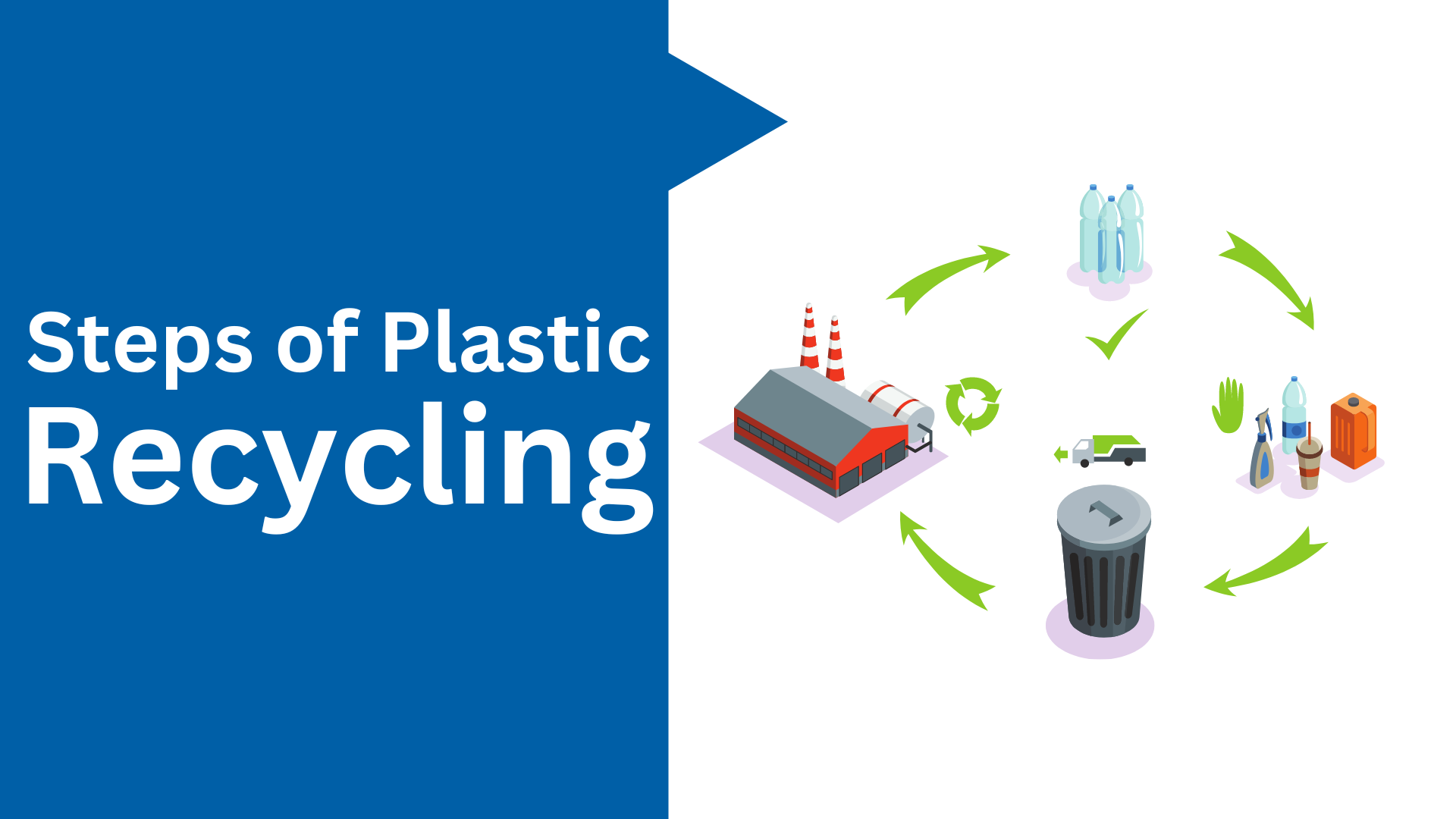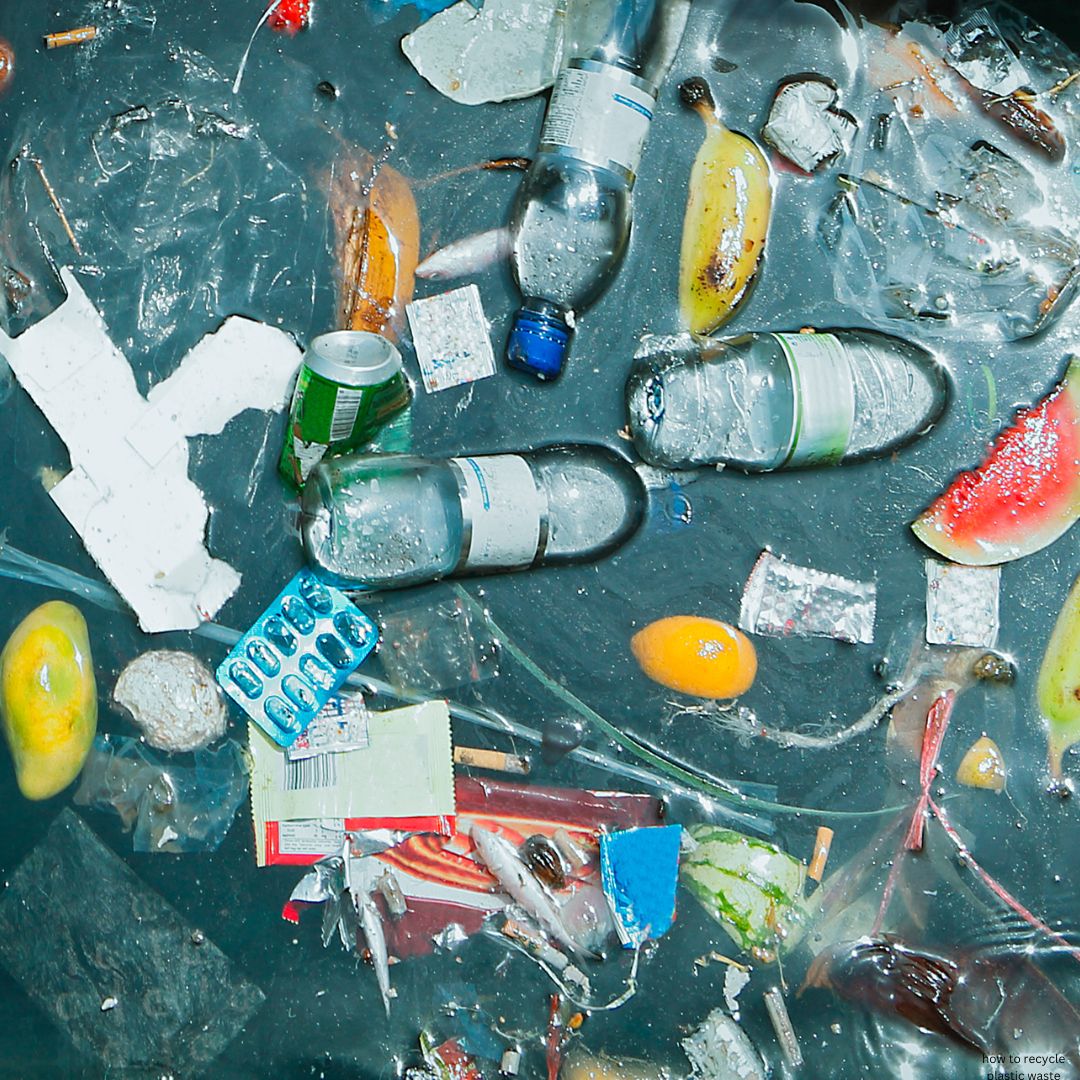What are the steps to recycle plastic waste?
Plastic waste has become a significant environmental concern, with its detrimental effects on ecosystems and human health. Recycling plastic waste is crucial to mitigate these issues and conserve resources. In this article, we will explore the step-by-step process of recycling plastic waste and discuss its environmental benefits, challenges, and future prospects.
Introduction
Plastic waste is a pervasive problem in our modern society, with billions of tons produced each year. Unfortunately, a significant portion of plastic waste ends up in landfills or as litter in our oceans, causing severe pollution and harm to wildlife. To address this issue, recycling plastic waste has emerged as a vital solution.
Why is plastic recycling important?
Plastic recycling plays a pivotal role in reducing the environmental impact of plastic waste. By recycling plastic, we can conserve natural resources, minimize energy consumption, and prevent the release of harmful greenhouse gases during the production of new plastic materials. Additionally, recycling helps divert plastic waste from landfills and reduces the need for virgin plastic production, which requires significant amounts of fossil fuels.
Environmental impact of improper disposal of plastic waste
The improper disposal of plastic waste has far-reaching environmental consequences. Plastics take hundreds of years to decompose, and during this time, they can leach toxic chemicals into the soil and water, threatening both terrestrial and aquatic ecosystems. Marine life is particularly vulnerable, as plastic waste often accumulates in the oceans, endangering marine species and disrupting fragile marine ecosystems.
Understanding how to recycle plastic waste
To comprehend the steps involved in recycling plastic waste, let’s take a closer look at the recycling process:
Step 1: Collection of plastic waste
The first stage of recycling plastic waste involves collecting discarded plastic materials. This can be done through various channels, such as curbside collection, drop-off centers, or specialized recycling programs. Efficient collection systems ensure a steady supply of plastic waste for recycling facilities.
Step 2: Sorting and categorizing
Once collected, plastic waste undergoes a sorting process. Here, different types of plastics are separated based on their composition, such as PET (polyethylene terephthalate), HDPE (high-density polyethylene), PVC (polyvinyl chloride), and more. Sorting enables effective recycling since different types of plastics require different recycling methods.
Step 3: Shredding and washing
After sorting, the plastic waste undergoes shredding, where it is broken down into smaller pieces. These shredded pieces are then thoroughly washed to remove any contaminants, such as dirt, labels, or residual content. Cleaning the plastic ensures a higher quality of recycled material.
Step 4: Melting and pelletizing
The cleaned plastic shreds are melted down and formed into small pellets through a process called extrusion. These pellets serve as the raw material for manufacturing new plastic products. The melting and pelletizing stage is crucial for transforming plastic waste into a usable form.
Step 5: Manufacturing new products
The recycled plastic pellets are now ready to be utilized in the production of new plastic products. Industries and manufacturers can incorporate these pellets into various items, such as packaging materials, containers, furniture, textiles, and more. By using recycled plastic, companies contribute to a circular economy and reduce their dependence on virgin plastic.
Step 6: Distribution and consumption
The newly manufactured plastic products are distributed and consumed by individuals and businesses. It is essential to promote the use of recycled plastic products to create a market demand and encourage the adoption of sustainable practices. Increased consumption of recycled plastic contributes to a closed-loop system, where plastic waste continually circulates through the recycling process.
Step 7: End-of-life options
Eventually, recycled plastic products reach the end of their life cycle. At this stage, various end-of-life options exist, including further recycling, composting, or energy recovery through incineration. Implementing effective waste management strategies ensures that recycled plastic waste is not wasted but is utilized in the most environmentally friendly manner.
Benefits of recycling plastic waste
Recycling plastic waste offers several advantages:
- Conservation of natural resources: By recycling plastic, we reduce the need for extracting and processing raw materials, such as petroleum or natural gas.
- Energy savings: Recycling plastic requires less energy compared to producing new plastic from scratch, resulting in a reduction in greenhouse gas emissions.
- Waste reduction: Recycling diverts plastic waste from landfills and incineration, reducing the burden on waste management systems.
- Economic opportunities: The plastic recycling industry generates jobs and economic growth, contributing to a sustainable economy.
Challenges in plastic recycling
While plastic recycling is essential, it does come with certain challenges:
- Contamination: Contamination of plastic waste with non-recyclable materials hinders the recycling process and reduces the quality of the recycled plastic.
- Lack of infrastructure: Insufficient recycling facilities and collection systems in some regions make it difficult to achieve high recycling rates.
- Complex recycling processes: Different types of plastics require specific recycling methods, and some plastics are more challenging to recycle than others.
- Consumer behavior: Raising awareness and promoting responsible consumption and recycling habits among consumers is crucial for improving recycling rates.
Future of plastic waste recycling
The future of plastic waste recycling holds promise, as advancements in technology and increased environmental awareness drive innovation. Some key areas of development include:
- Enhanced recycling technologies: Researchers are exploring new techniques to improve the efficiency of plastic recycling and expand the range of recyclable plastics.
- Extended Producer Responsibility (EPR): Governments and industries are implementing EPR programs, which hold manufacturers responsible for the entire lifecycle of their products, including the management of plastic waste.
- Circular economy initiatives: The transition to a circular economy, where resources are kept in use for as long as possible, promotes recycling and sustainable practices.
- Innovative solutions: Startups and organizations are developing innovative solutions, such as biodegradable plastics and alternative materials, to reduce the environmental impact of plastic waste.
Conclusion
Recycling plastic waste is a vital step towards a sustainable future. By following the collection, sorting, shredding, melting, manufacturing, and end-of-life processes, we can effectively transform plastic waste into valuable resources. While challenges exist, the benefits of recycling plastic, such as resource conservation, waste reduction, and environmental protection, make it a worthwhile endeavor.



